Karibu Zanzibar
Zanzibar ~ The Spice Island

Escape to crystal clear waters in Zanzibar..
Zanzibar Coordinates 05°54'S 39°18'E
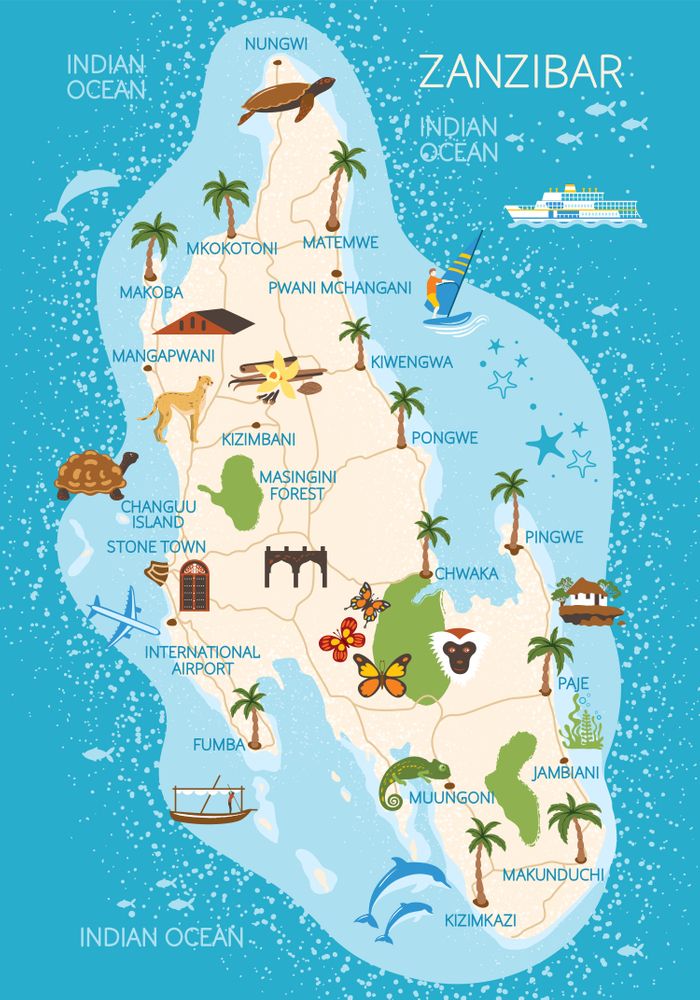
Where to go?
Have a look at the different areas of Zanzibar,
where to go and what to expect at each:
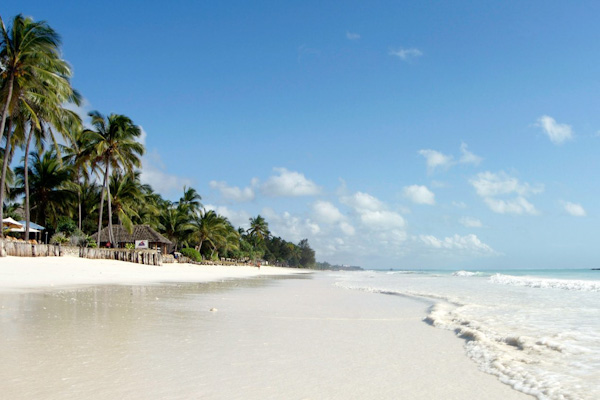
The East Coast
The east coast also receives the most of the oceanic winds, the Kusini on June-September, and the Kaskazi on December-February, which are perfect for practising kite-surf. It’s on this coast where you will find kitesurfing schools. An excellent opportunity both for veteran and newbie kitesurfers!

The North Coast
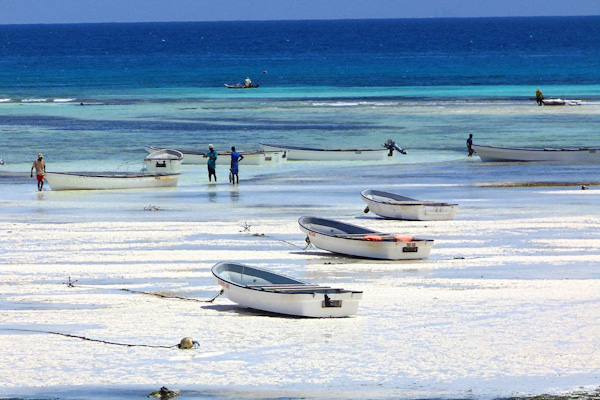
The South Coast
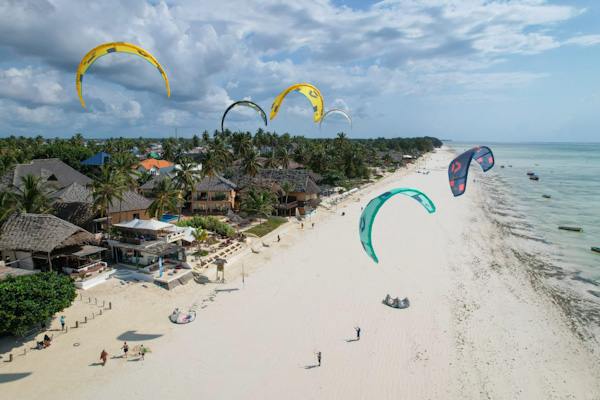
The South-East Coast

The West Coast
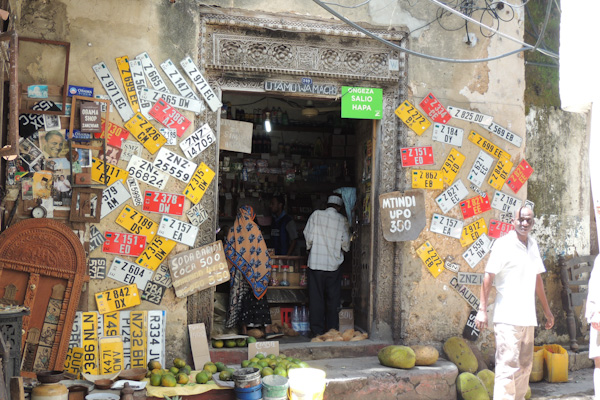
Stonetown
We invite you.. a new way to Explore..
Cultural experiences in Zanzibar
In Zanzibar, life moves slowly ~ pole pole in Swahili. Things don’t always make sense, they don’t always work, or they can take a while so it’s better to enjoy the calm chaos and unhurried pace. Your order might take 45 minutes to appear, but rest assured it will be delicious and well worth the wait.
In Zanzibar, you’re allowed to drink, and it’s also permissible to wear beach clothes in the right places. Having said that, there are times and places when neither is appropriate. For example, skimpy clothing and overdoing the alcohol while in Stone Town is best avoided. There are bars in Stone Town, and you can also drink in tourist and expat restaurants or in the fancier hotels in town or on the coast, but you should remember that your waiter probably does not drink, so be patient and kind if their wine-bottle opening isn’t as graceful as you’re used to. There are only a couple stores in Stone Town that sell alcohol, and it’s a good idea to bring your own bag so you’re not seen with a bottle of alcohol on the streets.
Drinking is not just for beach bars and rooftops – the local tea scene is a great way to meet people that live on the islands. Most tea stands or carts start serving once the sun has gone down so be sure to try the tangawizi (ginger) chai and, if possible, add vanilla. Taking a mug of hot and spicy tea to the side of a road is a fun way to people watch. If you’re in Stone Town, ask for the nearest Babu Chai, and someone should be able to point you in the right direction.
Taraab music, from Arabic tariba ~ to be moved, blends African, Arabic and Indian influences. Typically, a Taraab orchestra combines Western and traditional local instruments, including an accordion, a violin, a kanun, a nay and drums, plus a singer. You’ll find these groups playing at different venues around Stone Town.

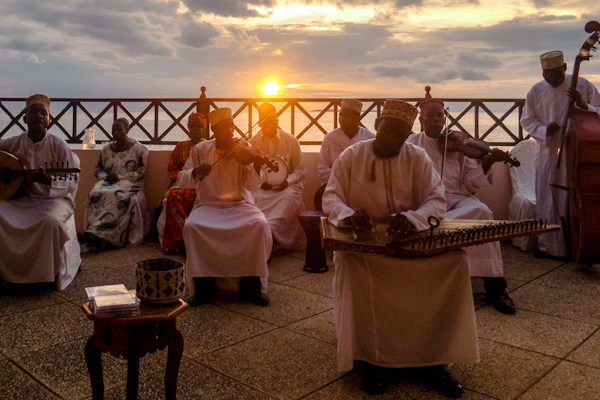
Exploring the Spice Islands Flavors
Over its history Zanzibar has had many rulers and its long, tragic history is responsible for one of Africa’s most interesting cuisines. A tasty mash-up of Indian, Arab, Chinese, Portuguese and African cooking traditions, all driven by the constant presence of spice (these are known as the Spice Islands, after all, where cloves, cinnamon, black pepper and nutmeg come straight from the source), this is the original fusion food! Be sure to sample African ugali, Indian chapati, Swahili curries, and eat as much of their fresh seafood as possible.
Keep an eye out for specialties like octopus curry and urojo, a turmeric and coconut-based soup with crispy fritters and spiced potatoes that seems to have the island’s entire history contained within its broth. If you want to try to reproduce these recipes when you get home, head to the Darajani market at the main Bazaar, where the locals shop – but get there early, before the weather gets too hot.


Diving & Water Sports in Zanzibar
Tanzania is known for its amazing safaris, but Zanzibar is not the Serengeti. Here, the wildlife is underwater. With reefs surrounding the islands, Zanzibar is a prime destination for diving. The water temperatures are warm, visibility is typically excellent, the currents are weak and there’s a great abundance of colorful fish, all of which makes for an ideal location for beginner divers.
Our Dive partner at the Island is thrilled to offer a full range of PADI recreational scuba diving courses and diving experiences for those who want to try! For certified divers, there are daily diving and dive packages offer.
If you’re not interested in diving you can go snorkeling, sailing on a dhow cruise, or try your hand at kayaking, windsurfing, parasailing, kiteboarding and other water activities.
Mafia Island offers amazing opportunities to go snorkeling with whale sharks!

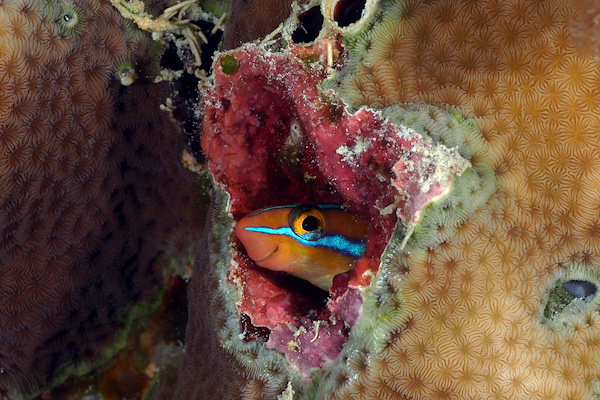

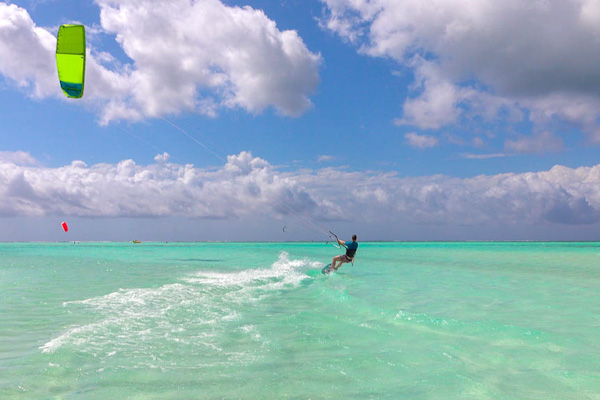
'Nilipata furaha kwa Zanzibar nzuri' –
'I found happiness on beautiful Zanzibar'

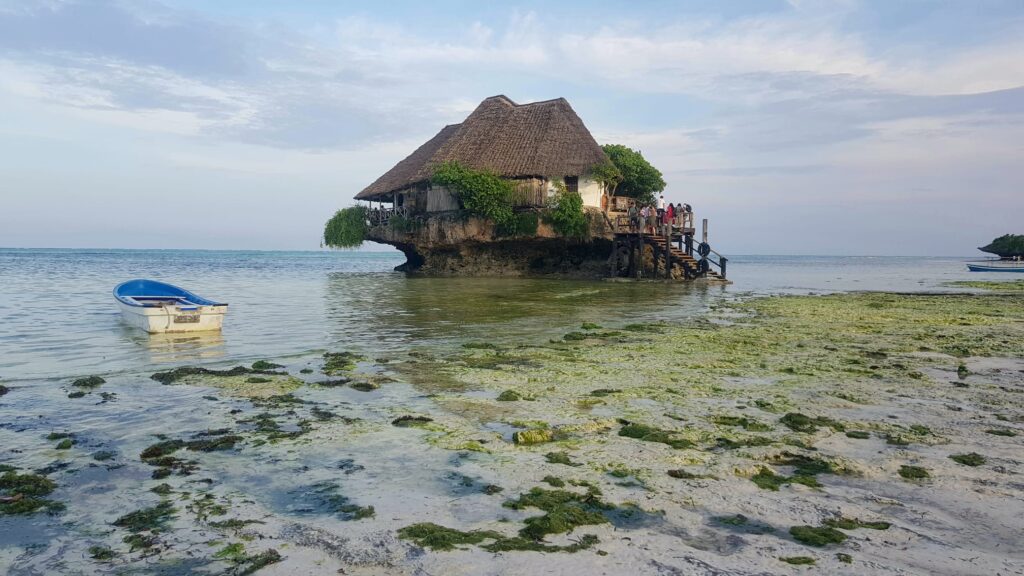
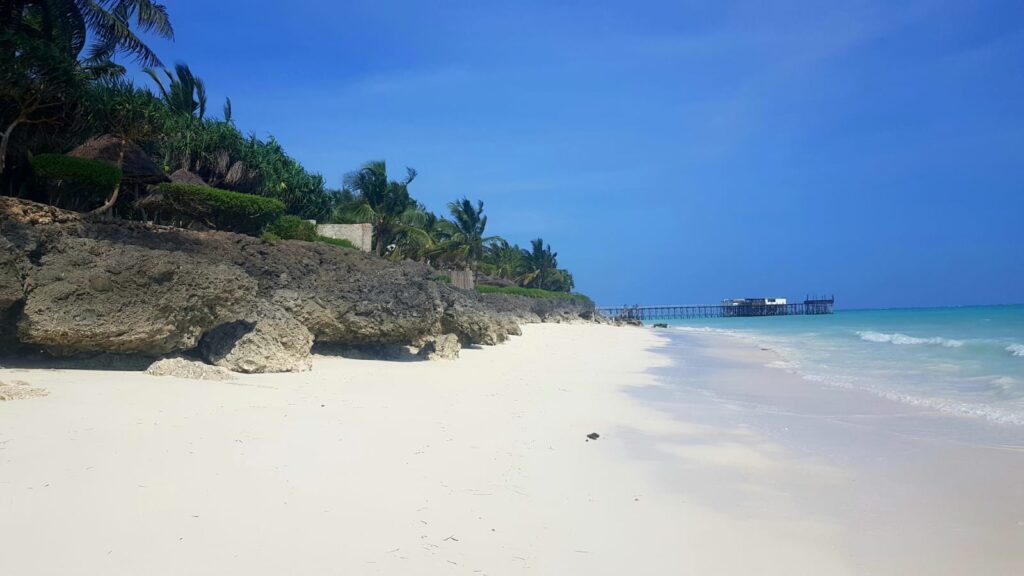

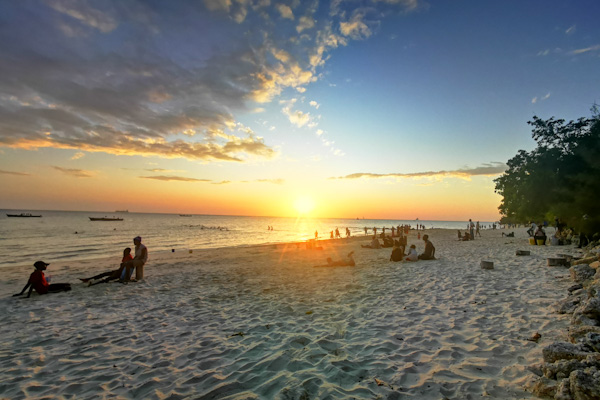
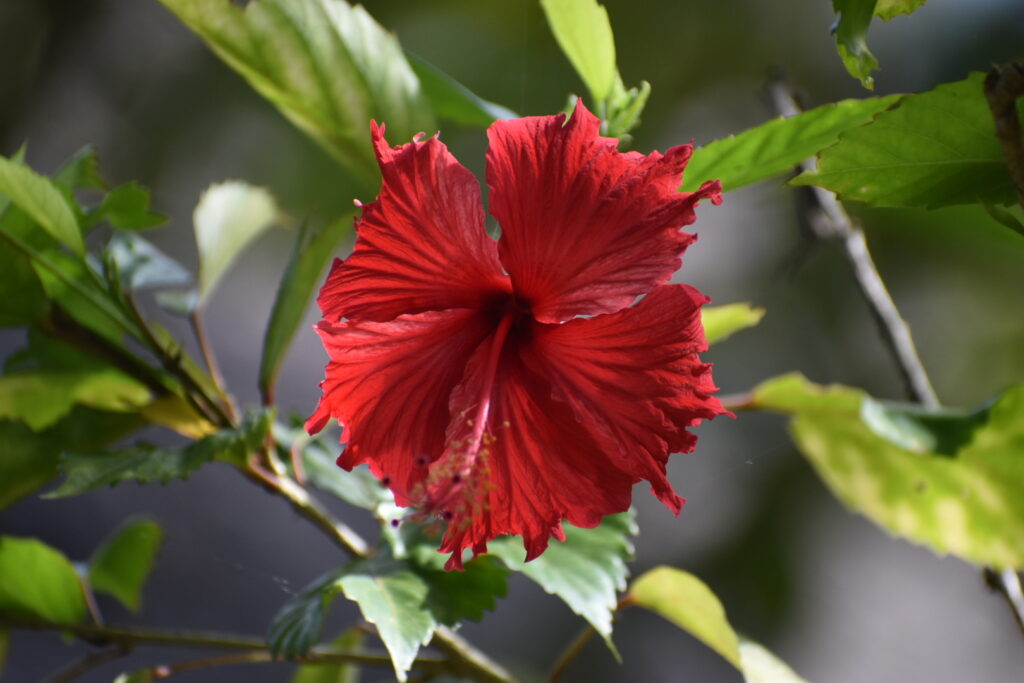
Best time to visit Zanzibar?
Green Season Long Rain Season Dry Season Short Rain Season
As on the Tanzanian mainland, January typically marks the start of the short dry season in Zanzibar. Conditions are likely to be hot and mostly dry, with temperatures exceeding 30°C, although it is not uncommon to get a tropical shower in the afternoons. January can be very humid at times, and this is particularly noticeable in Stone Town, although this can be tempered by the cooling sea breeze.
New Year is one of the most popular times to visit Zanzibar, with many hotels being fully booked over the festive period. The island generally becomes much quieter after 10th January, and prices drop too
At this time the wind blows from the northeast, and so the southwest coast is often more sheltered and there can be good diving in the Menai Bay. The northeast winds can also lead to good conditions for kite surfing, with many kite surfers heading to the southeast coast and Michamvi Peninsula.
..sees the start of the long rains’ in Zanzibar, although the exact start date varies every year. The weather can be unpredictable, with a combination of hot sunny days, rain showers, and the occasional tropical storm. The arrival of the rains lowers the humidity, and it can also lead to some beautiful sunsets – most obviously on the west coast where you can watch the sunset over the ocean. Prices remain low during March, and the island is likely to be relatively quiet.
Diving is generally not recommended during the rainy season, as variable conditions can lead to reduced visibilitų from rainfall runoff, and choppy water.
Many of the hotels and lodges are still closed, however a handful stay open and prices remain low. While diving is possible, the rain and storms mean that diving conditions are not at their best.
Marks the start of the long dry season in Zanzibar. While the island still gets rainfall, especially early in the month, it’s becomes less likely as the month progresses.
Temperatures remain steady, with daytime highs averaging 25°C, and it likely to be mostly dry. Any rain you do experience is likely to be in shorter bursts rather than heavy storms and hours of continuous rain, although conditions vary from year to year.
The wind direction switches to blow from the southeast, and the northeast coast is Likely to be more sheltered at this time. Diving conditions can be variable, and while they are generally good there can be some rough days.
..is a very popular time to go to Zanzibar, and this coincides with the long dry season. July and August are the school holidays throughout much of Europe, and Zanzibar can often be busy with families. Weather conditions are generally hot and dry and pretty ideal for a beach holiday, however there is still a chance of an occasional short shower. Conditions for diving are typically pretty good, however this will be dependent on recent
weather conditions.
The Zanzibar International Film Festival takes place in July, with lots of people flocking to Stone Town to soak up the atmosphere. The dates for the festival change every year, so chat to Afrimine Tours for details.
..is one of the most popular times of year to visit Zanzibar, and with good reason; this is one of the driest months and it is typically hot with clear skies – ideal for relaxing on the beach. Many families choose to visit during August, and the island can be busy, and this is particularly noticeable in Stone Town and around the more popular snorkelling sites.
High demand can mean that many of the more popular hotels and beach lodges can be booked up more than 6 months ahead, so advance booking is crucial. Due to the popularity and great beach weather prices are high.
..is an excellent time of year to visit Zanzibar. Weather conditions are typically very good, with clear skies and temperatures ranging from 20-30°C. September is also one of the driest months, averaging 50mm of rain during the month, however rain showers are still possible, due to the great beach conditions prices remain high, however with fewer families travelling in September the island can be a little quieter at this time.
September to December are often some of the calmest months at sea, which can result in superb conditions for diving. The wind typically blows from the southeast, and the northeast coast can often be a little more sheltered. You can find some beautiful snorkelling and diving spots around Mnemba Island.
..is the tail end of the dry season and you can generally expect hot, dry conditions. The short rains typically start in early November, and so this does mean that there is an increased likelihood of rainy spells as the month progresses. October remains a popular month to travel, particularly so during the European half-term school holidays, and advance booking is advised.
With high demand and great weather prices remain high, however there are some long-stay special offers to be found. South-easterly winds mean that the northeast coast can be more sheltered and conditions for diving can be good.
The short rains start during November, their exact start varies year on year. You are likely to experience a mixture of hot, dry days with the occasional tropical shower. We find that short showers can actually be quite refreshing. With the start of the rains the humidity can shoot up and while the coastal properties tend to receive a pleasant cooling breeze, Stone Town and the island interior can feel quite hot and clammy.
Prices drop in November and there are some real bargains to be found. This time of year can be great value for money, especially near the start of the month when the weather conditions are very comparable to late October. The demand is generally lower, and the island starts to feel much quieter.
The festive season, from around 20th December to 5th January, is arguably the most popular time to visit Zanzibar. Prices are at their highest, and Long minimum stays are imposed. Due to the very high demand booking early is essential, especially if you’re a group or a large family. Book six months to a year in advance, or even more, if possible.
5 Random Facts about Zanzibar
♦ Zanzibar is not a single island; it’s a group of islands just off the coast of East Africa. The two large main islands are Pemba and Unguja. Unguja is sometimes incorrectly referred to as “Zanzibar”
♦ The Anglo-Zanzibar War between the Zanzibar Sultanate and the United Kingdom on August 27, 1896 lasted only 38 to 45 minutes before there was a ceasefire. This makes it the shortest war in history.
♦ The lead singer of Queen, Freddie Mercury, was born in Zanzibar in 1946. His birth name was Farouk Bulsara.
♦ In 1973, Zanzibar was the first country in Africa to have color television.
♦ Zanzibar is called ‘The Spice Islands‘ because its main economic activity, after tourism, is spice exports – primarily nutmeg, cloves, cinnamon and black pepper.
Our Zanzibar Day Trips..
..are just amazing

Enjoy your tailor-made trip, where you can explore beautiful Zanzibar. Choose exciting activities and enjoy an unforgettable holiday on the island of dreams. We will be happy to arrange them for you..
You are just one click away from a perfect holiday. Just make your booking now and we will take care of everything else.
Our Zanzibar Gallery

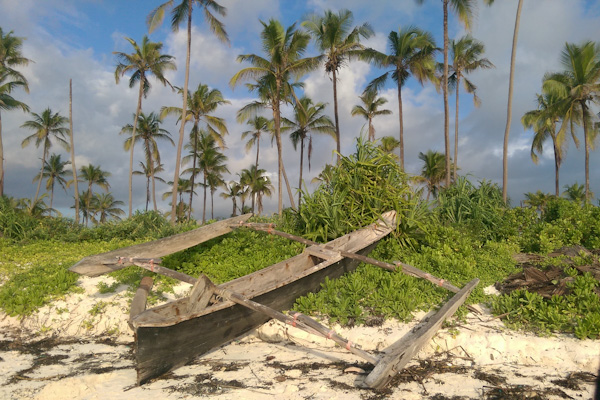






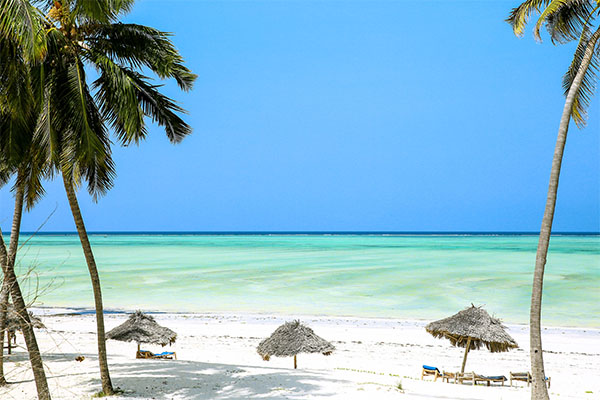



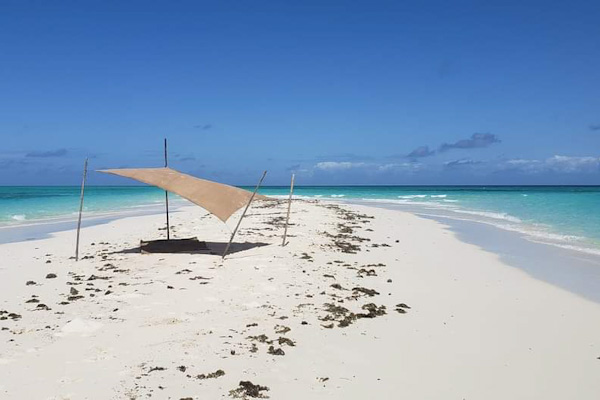
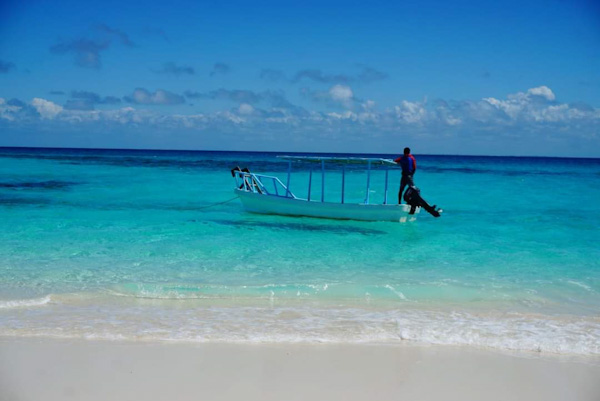
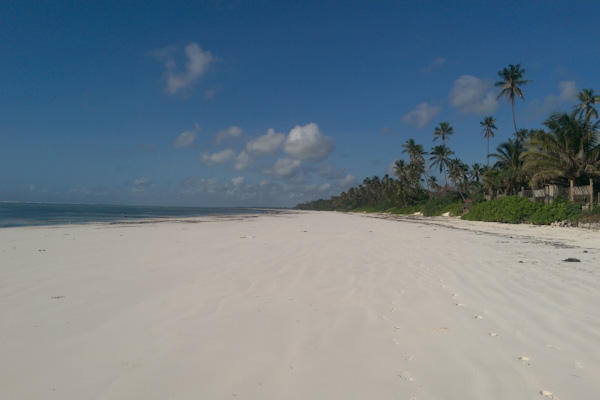

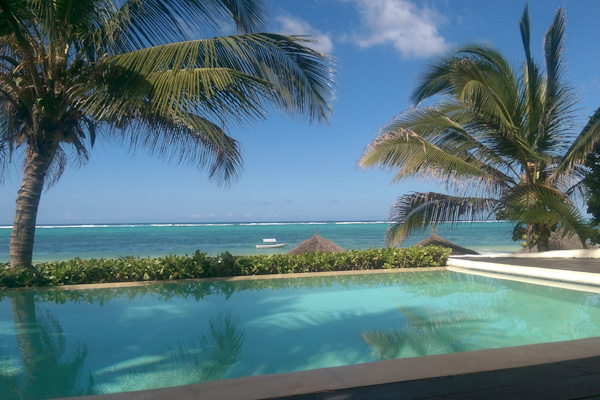
Safari from Zanzibar to the Mainland


Just 1.5 hours by boat or a 60-minute flight from the tropical island of Zanzibar, you will find the most beautiful wildlife parks in the world. Break your beach holiday for a few days and join us on an unforgettable adventure and marvel with a Tanzania safari about the natural beauty and the countless animals in one of the wildlife parks on the mainland of Tanzania. Take a look at our sample trip for a short safari from Zanzibar to the pristine wilderness areas.
In the north you can witness the annual migration of countless wildebeest and zebras in the Serengeti, spot the Big Five (leopard, lion, elephant, buffalo, rhino) in the Ngorongoro crater and see tree climbing lions in the Lake Manyara National Park . Or go on an adventure (by jeep, boat or on foot) with one of our experienced guides in the spectacular Ruaha National Park in the south of Tanzania.
We offer privately guided safaris, perfect for those who want more flexibility and individuality. You can customise your itinerary according to your own preferences and enjoy the safari at your own pace.
To book your safari or for more information, you can contact us directly or click the Button below. We look forward to helping you plan your adventure!
Zanzibar FAQ's
The best time to visit Zanzibar is during the dry season from June to October. This also coincides with safari high season in Tanzania, making the Zanzibar Archipelago a very popular post-safari choice.
However, this tropical island is good to visit at most times of the year, thanks to its regular sunshine and balmy Zanzibar weather.
January to March
This is a great time to visit Zanzibar if you don’t mind the heat and humidity. The days are sunny and hot, and visibility in the water is at its clearest – making it the best time to snorkel and scuba dive in Zanzibar.
The weather in Zanzibar will start to turn from about mid-March as the ‘long rains’ become more imminent.
June to October
An African beach holiday means sun-drenched shores, palm fringed beaches and glorious sunsets – expect all this and more during the dry season. This is the best time to visit Zanzibar for whiling away long days in the sun and exploring the wonderful sights of the ‘spice island’.
When it comes to planning your trip around the Zanzibar weather, it’s important to take note of Tanzania’s two distinct rainy seasons:
- The ‘Short Rains’ – November to December
Usually expected to start in November when the temperatures rise, the ‘short rains’ break the dry mid-year winter. Clouds usually build up during the mornings (which can be rather sunny and humid) and break in spectacular, but generally short-lived showers in the afternoons – giving you enough time to retire to the beach bar or enjoy a massage before returning to your sun lounger.
- The ‘Long Rains’ – April to May
The ‘long rains’, as the name suggests, are far heavier and make the beaches along Tanzania’s Indian Ocean coastline hot and very wet. If you want to enjoy the best weather in Zanzibar, plan your visit up from mid May.
Local time is GMT +3, which is used in East Africa in general as well.
https://greenwichmeantime.com/time/tanzania/zanzibar/
Plan and schedule events and meetings, share time. |
Zanzibar is laying on the warm Indian Ocean, 6 degrees from the Equator. The climate is reasonable with constant temperature of 21 – 33 Celcius degrees. This is subjected to the seasonal northeast monsoon winds, blowing day and night from November to March (the Zanzibar summer). The temperature is then about 26 – 34 Celcius degrees with humidity.
The southwest monsoon winds blow from the beginning of June to mid October (the Zanzibar winter). Then the temperature is about 21 – 29 Celcius degrees.
The rain season is from April to the end of May, although one should expect shower any time through out the year.
Looking for the winds in Zanzibar
Are you specifically interested in kite surfing?
Kaskazi winds blow between the months of December and March. This wind that reaches 10 knots in the morning, and reaches 22 in the afternoon, making it ideal for beginners.
From June to September we enjoy the Kuzi winds instead: a choss-shore wind blowing from the south-southeast, that can reach 28 knots in the afternoon. Great for veterans!
https://windy.app/forecast2/spot/1969489/Zanzibar+Quest
Wind Forecast: wind speed & gusts — Windy.app Wind direction is East, wind speed varies between 0 and 0 mph – get wind forecast: detailed wind speed and wind direction information with a leading pro weather app – Windy.app |
Best time for scuba diving in Zanzibar
From July to August and February to April are the best times to go scuba diving on Zanzibar Islands. April is, however, the rainiest month, so think twice about visiting then.
Visitors from most of the countries require visa to enter Zanzibar and Tanzania, and the passport should be valid for six months onwards. Single entry tourist visa can be applied for at Tanzanian embassies, Tanzanian High Commissions and at the Tanzanian borders (airports and in some cases when crossing the border by land).
Zanzibar is a semi-autonomous state within Tanzania, so although you don’t need a separate visa to enter, you will need to show your passport on arrival. Visitors flying directly to Zanzibar are able to purchase a visa on arrival at the airport. If you get your visa at the airport, in Zanzibar visa should always be paid in cash or with credit cards.
You should take advice from your doctor. Visitors are required to show a yellow fever certificate before entering Zanzibar if they come from yellow fever risk countries.
Malaria is not as common in Zanzibar as it is in mainland Tanzania, but prevention medicine is recommended.
Cover up after the sunset and use mosquito repellent on exposed skin. Sleep with a mosquito net or in an insect free room. HIV is a threat! Protection should be used.
Drink bottled or well boiled water and make sure the seal is unbroken.
Remember that medical facilities are limited in Zanzibar. Visitors are advised to have comprehensive insurance to cover the unlikely event of serious accident. There are many hospitals in Tanzania that accept international insurance cards
The local currency in Zanzibar is the Tanzanian Shilling (TSh). US-Dollar bank notes are also widely accepted as payment throughout the island. Traveler’s cheques can be exchanged at banks, bureau de change and some hotels.
Clothes should be light, loose, washable and preferably made from natural fabrics, rubber flip-flops or sandals are excellent choice for wandering around the villages and town, but a sturdy pair of walking shoes will normally be needed for sightseeing or walking through the forest.
The tropical sun in Zanzibar is very strong, especially in midday. Sunscreen with high SPF and shady hats are preferable. It’s good to also pack sun glasses and flash light (the electricity is not completely reliable).
Nude bathing is strictly prohibited and the exchange of affection in public is not welcome. Especially on the Zanzibar archipelago and on the mainland coast, you should avoid provocative clothing (e.g. no miniskirts, bikini / swimming trunks only on the beach). Please respect the local culture.
Due to the religion there are certain rules visitors should follow during their visit in order to respect the local norms. It is not recommended to consume alcohol in public areas. Kissing or display of affection is also not customary to Zanzibar. If there is an opportunity to participate in religious or cultural ceremony, tourists should ask for the corresponding permission to be able to participate or observed it, and show the required respect.
The local communities are not wealthy and the living conditions of many of them are very basic. Income levels are low and many families lack many basic essentials. Instead of giving money to individuals, or food and sweets to children, visitors are encouraged to bring specific in-kind donations to support the people in a positive way, without promoting begging or skipping school in the hope of receiving gifts from tourists. Visitors should be sensible of the use of limited resources such as water, electrical energy and fuel.
Zanzibar uniquely combines African, Arabic and Indian influences in its cuisine. The island is known for its spices, especially cloves, nutmeg and cinnamon, which are used in many local dishes.
Seafood is also an important ingredient and dishes such as grilled octopus, calamari and prawns are popular. Zanzibar is also known for its street food, including Zanzibar pizza, samosas and sugarcane juice.
Many restaurants also offer vegetarian and vegan options.
Zanzibar is a peaceful place with welcoming people. It is advised that you ask your hotel reception first for directions and any advice before embarking on a longer walk.
You can certainly take walks along the beach and to nearby villages. Do make sure you are dressed appropriately as villages are conservative areas.
Also be aware of significant tide changes. This is important as beach routes often can be impassable during high tide.
Beaches of Zanzibar, tides, snorkelling
https://www.tide-forecast.com/locations/Zanzibar-Tanzania/tides/latest
The north coast (Nungwi and Kendwa) has the most popular beaches on Zanzibar because swimming in the ocean is possible all day. (The east and south coasts are affected by the tides: at low tide swimming in the ocean is not possible because the ocean recedes back to the coral reef.) These beaches are crowded, especially in high season, and noisy at night due to parties happening all over the place. If you want it more quiet choose the east side of Nungwi, close to the sandbank. Kendwa is a bit more laid back than Nungwi but still with lots of action.
Especially the east coast of the island is protected by coral reefs that make swimming safe – no sharks or huge waves. At low tide you cannot swim in the Indian Ocean at the east and south coasts. The beaches are very flat, hence the ocean recedes at low tide out to the coral reef, which is anything between 1 and 1.5 km offshore. You can walk out towards the coral reef at low tide. Watch out for the black sea urchins, spiky things that you don’t want to step into. They are clearly visible so watch your step and wear special shoes. Also don’t pick up cone shells.
Rather book a hotel with a pool if you want to swim all day. To check the times of high and low tide during your visit please check https://www.tide-forecast.com/locations/Zanzibar-Tanzania/tides/latest
NORTH COAST
Matemwe is opposite the Mnemba Atoll, you can take a boat there for diving and snorkelling. Some divers say Mnemba Atoll is almost as beautiful as the Barrier Reef.
Matemwe has a beautiful white sand beach that Zanzibar is famous for.
Kiwengwa is called “little Italy” because of its popularity with Italians. Mostly all inclusive resorts. It also has a beautiful white sand beach.
Pongwe and Uroa are quiet places with sandy beaches interrupted by rocky terrain. Quite remote, mostly with all inclusive hotels. There are hardly any restaurants or bars in that area. Access to the beach can be difficult if you didn’t book a hotel at the beach.
SOUTH EAST COAST
You can walk on an almost 20 km stretch of white sand beaches lined with coconut trees from Jambiani via Paje, Bwejuu, Dongwe, Pingwe to Michamvi.
Jambiani offers white sand beaches with some rocky patches in between. It is quite popular. You have a good choice of restaurants and bars. If you plan to travel by dala dala: only a few dala dalas drive to Jambiani, most of them go to Paje and then drive north to Bwejuu, Dongwe and Michamvi.
Paje is the main village at the south east coast; it is very popular with kitesurfers. Be aware that the beaches are crowded with kites during kite season and swimming in the ocean is almost impossible during that time, if not dangerous. If you stay in Paje during kite season just walk a few minutes till you find a peaceful beach and safe swimming. Zanzibar ist blessed with an almost 20 km stretch of beach, there is a perfect place for everyone. Kitesurf seasons are from mid December till end of February and from mid/end May till October. Paje offers a big selection of bars and restaurants.
If you want peace and quiet on a seemingly endless stretch of white sand beach look at Bwejuu. Here you find guesthouses and small resorts right at the beach.
Further north is Dongwe which offers all inclusive resorts, also with beautiful white sand beaches. Here you find the Blue Lagoon, excellent for snorkelling even at low tide.
Pingwe/Michamvi beach is quiet and laid back. At Pingwe beach you find the famous Rock Restaurant. Because of the shape of the Michamvi peninsula you can watch gorgeous sunsets from there, although it is at the east coast. Not to be missed should you be in the area.
WEST COAST
Especially at the southern end (Kizimkazi) it is very rocky and there are only small patches of sand. Also, the sand at most of the west coast is coarse yellow, not the amazing white sand Zanzibar is famous for.
Snorkeling
The best snorkeling is at Chumbe Island Coral Park with its fully protected coral reef sanctuary
Safari Blue tour is highly recommended. You will be out on a boat all day, snorkeling, dolphins might choose to swim with you, BBQ lunch on a sandbank etc.
Snorkeling at the Mnemba Attoll off Matemwe at the the north east coast is recommend if you don’t mind to snorkel-dive since the corals are a few meters down.
At the south east coast where you find the best white sand beaches lined with coconut trees, best snorkeling is at the Blue Lagoon off the coast of Dongwe.
Otherwise you can snorkel at the coral reefs off the entire east coast of the island at low tide.
INQUIRE YOUR ZANZIBAR VACATION
You are just one click away from a perfect holiday at Zanzibar.
Just make your booking now and we will take care of everything else.
